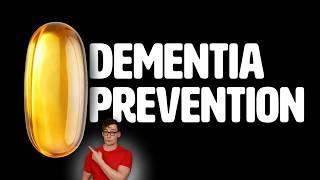Tylenol, pregnancy, and autism: What recent studies show and how to interpret the data
Peter Attia
6 oct 2025
Mindsip insights from this episode:
Manage fever to reduce risks of birth defects and autism
The risk of not taking Tylenol for a fever can be greater, as maternal fever itself is a significant risk factor for birth defects and is associated with up to a 200% increased risk of autism.
Debunk Tylenol-autism link through sibling studies
Two massive cohort studies found the Tylenol-autism association was completely abolished when comparing siblings, suggesting the link is due to shared genetics and environment, not the drug itself.
Understand multiple comparisons problem to clarify autism associations
The 'multiple comparisons problem' explains why so many variables are linked to autism; if you test enough variables, you are statistically bound to find associations by pure chance.
Understand FDA drug risk categories for pregnancy safety
The FDA historically used a letter system (A, B, C, D, X) to classify a drug's risk during pregnancy, where Tylenol is Category B, generally considered safe with caution.
Recognize genetic factors driving autism risk
Genetics account for an estimated 80-90% of the variability in autism risk between individuals, a concept known as heritability.
Apply Bradford Hill criteria to assess causality in associations
The Bradford Hill criteria provide a disciplined framework of nine principles to help determine if an observed statistical association is likely to be causal.
Understand factors behind rising autism diagnoses
The five-fold increase in autism diagnoses is largely explained by expanded diagnostic criteria (accounting for 40-60% of the increase) and greater public awareness (20-30%).
More from
Peter Attia
The impact of gratitude, serving others, embracing mortality, and living intentionally | Walter Green (#288 rebroadcast)
Thyroid function and hypothyroidism: why current diagnosis and treatment fall short for many, and how new approaches are transforming care | Antonio Bianco, M.D., Ph.D.
AMA #77: Dietary fiber and health outcomes: real benefits, overhyped claims, and practical applications
Women's sexual health: desire, arousal, and orgasms, navigating perimenopause, and enhancing satisfaction | Sally Greenwald, M.D., M.P.H.
Longevity 101: a foundational guide to Peter's frameworks for longevity, and understanding CVD, cancer, neurodegenerative disease, nutrition, exercise, sleep, and more (re-broadcast)
You also might be interested in
One Fat Can Prevent Dementia — If You Eat It Long-term
This Is Why Soda Spreads Cancer in your Body
Starving Cancer: The Hidden Power of Food, Fasting, and the Body’s Inner Terrain
Dementia Rates PLUNGED in Study of 1 Million People
The Fastest Way to Get Alzheimer’s (Most People Do This Daily) | Dr. Dale Bredesen











